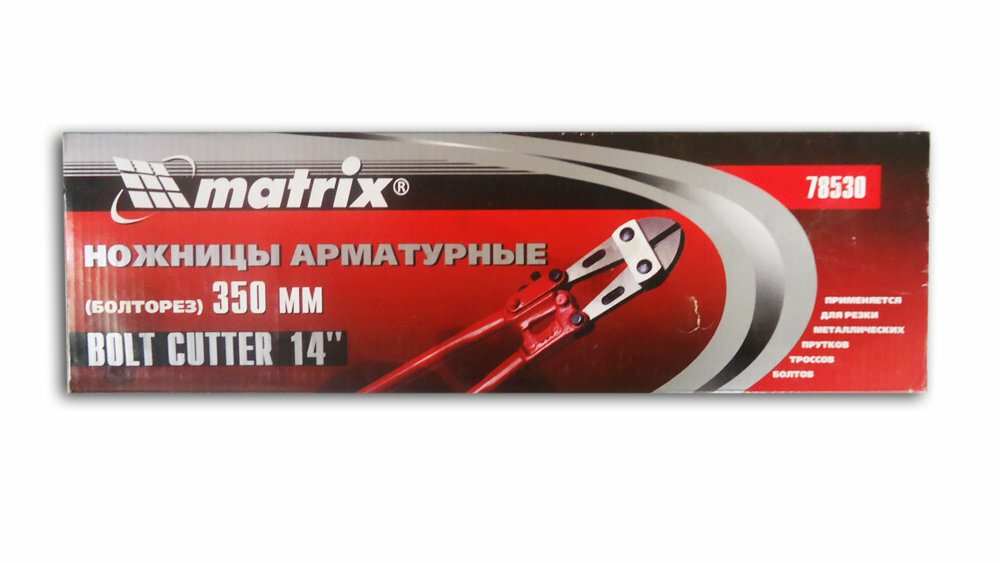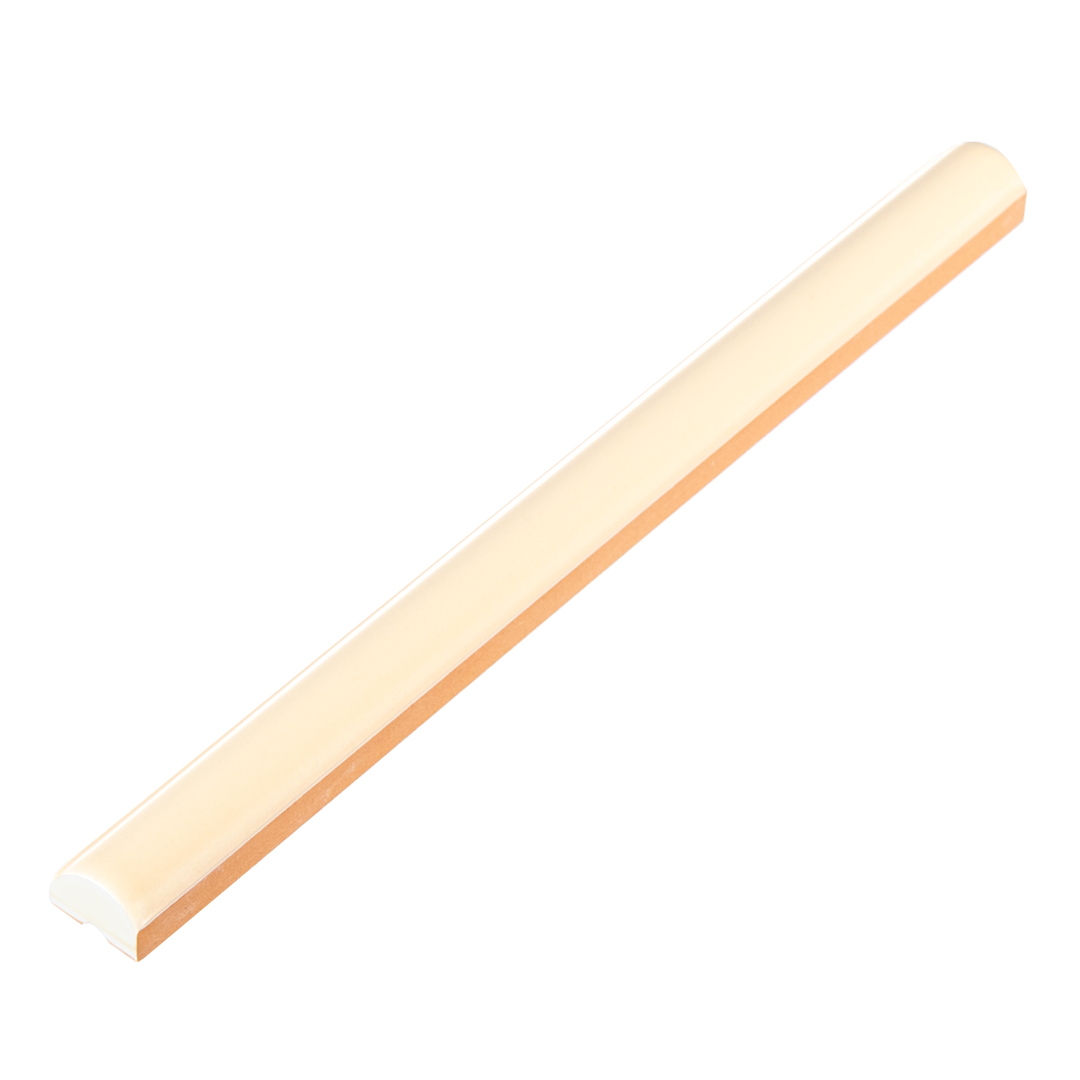Earlier curtains served as a protection against wind and sun, that is, they carried purely practical value. Today everything has changed - they have become an important part of the entire interior. Without curtains, the room looks empty, poor and uncomfortable. And with correctly chosen curtains the room is transformed beyond recognition. In this case, curtains are able to adjust the space. For example, to remove the light aperture or to bring it closer, make the ceilings higher or lower, widen or narrow the room visually. In our today's article we will consider the most significant characteristics and parameters of curtains, which are worth paying attention to.
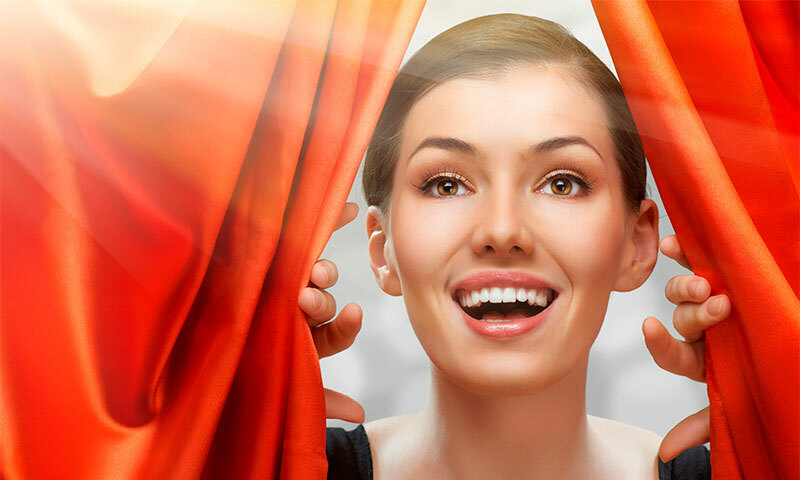
Contents:
- best manufacturers of curtains
- Varieties curtains
- curtains Selection Options
- What blinds to choose
- How much
curtains best manufacturers
curtains In the domestic market there is a set of proposals for the sale and sewing curtains that absolutely anyone, even the mostpicky, will be able to choose a suitable option. Among firms producing fabrics and finished curtains, there are no obvious leaders who would have been heard by consumers. Often, most people prefer to buy separately the necessary material in order to subsequently order a cloth in the studio of the desired style.
Still, fashion trends are not taken from nowhere. Their legislators are always designers with a worldwide reputation.
For those who do not want to delve into the story, we have prepared a list of the most popular manufacturers:
1. Designers Guild
2. Watts
3. Byron &Byron
4. Casa Valentina
5. Hope and Phillips
All these brands have a wide range of collections of curtain fabrics. Different price categories, colors, materials allow to find solutions for the most unusual and unusual interiors. If you are looking for a specific model, then we suggest moving to our rating of the best curtains.
Types of curtains
Classic
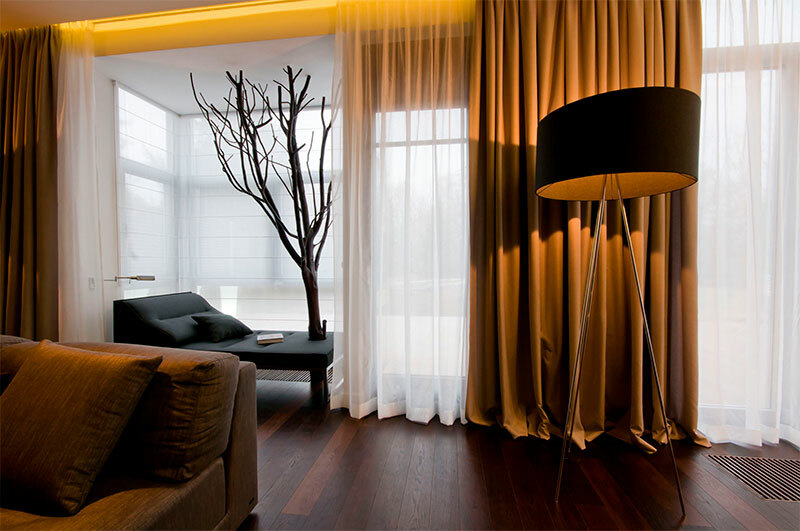
Two fabric fabrics that are combined. The first is tulle, made of light, translucent materials, and the second - curtains, made from more dense and heavy fabric variants. In the daytime, the curtains are pulled aside, decorate the opening with two vertical lines on the sides. In the dark, they shift, protecting the room from prying eyes and streetlights.
Advantages:
- large variety of mounting options,
- comfort and elegance at the expense of the drapery folds,
- the ability to use a variety of materials,
- suitable for different styles.
Disadvantages:
- dust dust,
- inappropriate look in the kitchen.
Roman
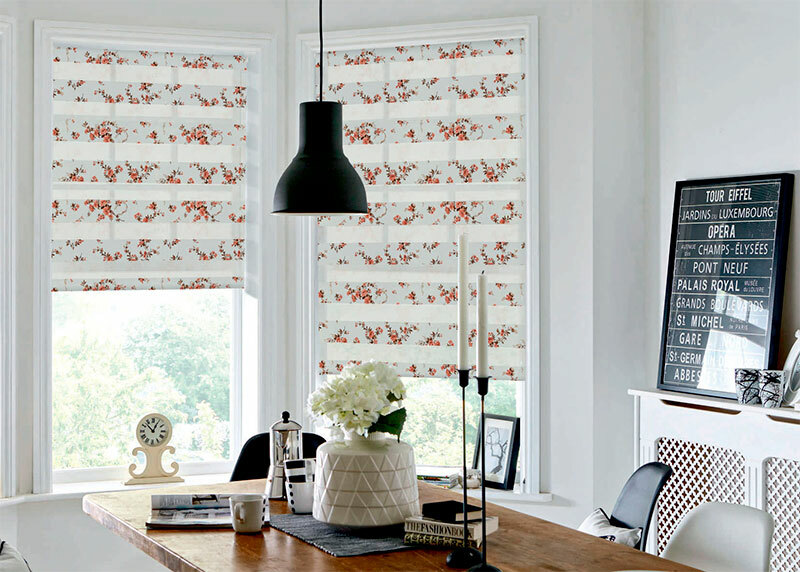
Straight fabric fabrics, usually two, rising with a special mechanism. Decorate the window with horizontal stripes, with folds formed during the ascent, which are beautifully superimposed on each other. In expensive versions, the entire curtain is collected in a similar way, only the bottom is in the budget.
Advantages:
- functional,
- easy to manage and care,
- suited for small spaces,
- comfortable in the nursery,
- not interfere with placement of furniture against the window.
Disadvantages:
- in large rooms look inharmonious,
- not fit all interiors.
Roller
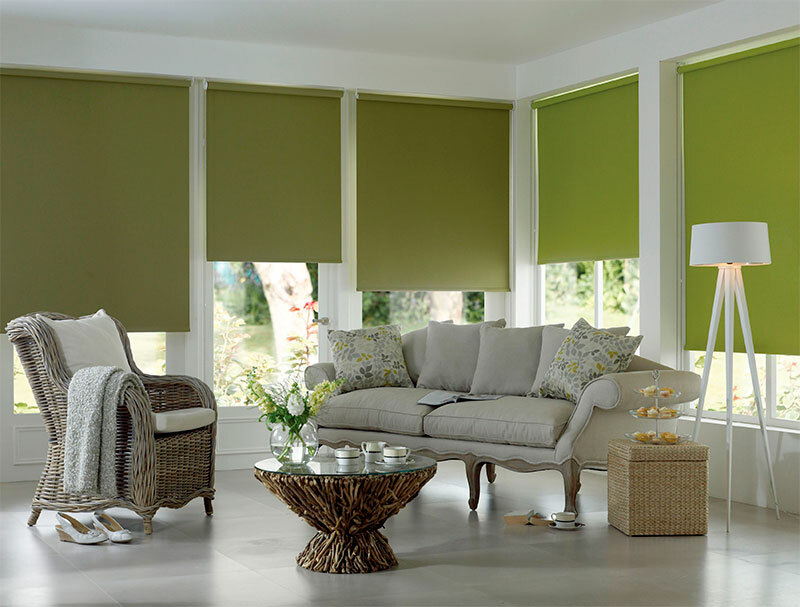
Built directly into each light opening. Fabric cloth, with the weighting on the bottom, is wound on the shaft, which is located in the box. On the perimeter of the window are attached guides. With a convenient mechanism( chain), such curtains are lowered to the desired level, thereby adjusting the level of illumination. Can be made of materials that allow to completely block the arrival of light.
Pluses:
- are embedded in the aperture,
- adjusts the dimming,
- can completely block the arrival of light.
Disadvantages:
- expensive,
- look ascetic.
Plissé
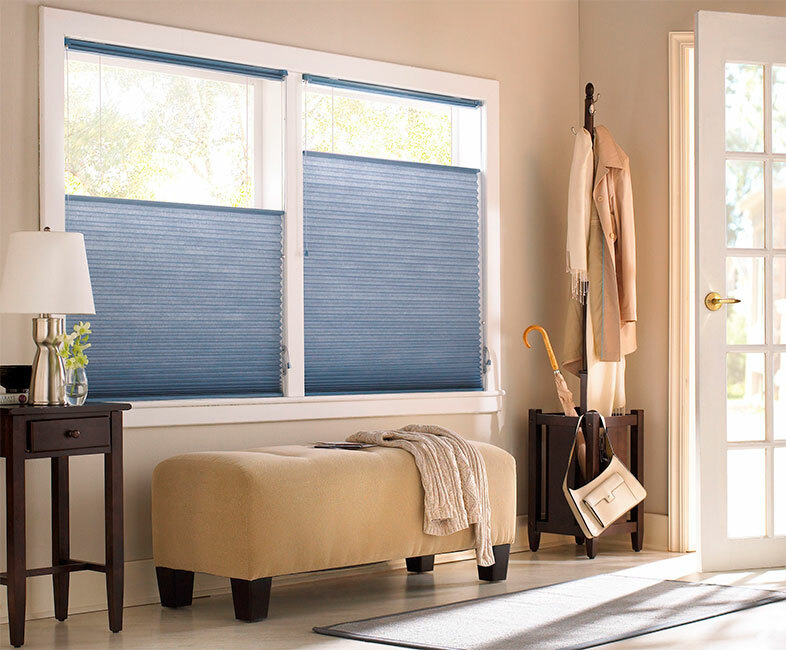
Very similar to blinds, but made of fabric that is stretched over the crossbeams. This adds warmth and coziness to curtains. The pleated woven fabric is fixed on the profile, which rises with the help of an electric drive or cord, collecting the shade in dense folds. In the folded form, the plisse is almost invisible on the window.
Advantages:
- gently dissipate light,
- fabrics do not fade in the sun,
- require minimum care.
Disadvantages:
- is not suitable for spacious rooms.
In the style of "cafe"
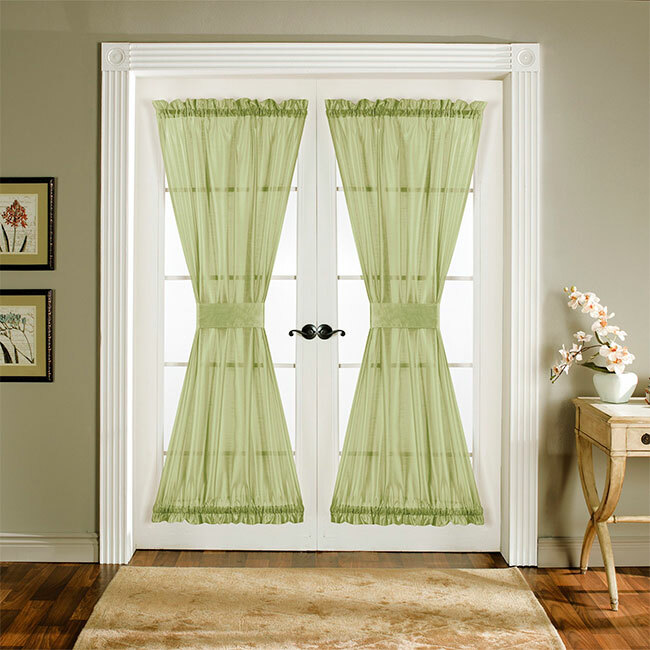
Fabric cloth is fixed on the core-cornice, located in the middle of the window. Thus, the room is hidden from prying eyes, but the flow of light freely penetrates there. This is ideal for a veranda, balcony, kitchen or bathroom.
Advantages:
- practicality and functionality,
- easy to care for,
- low cost.
Disadvantages:
- is suitable only for country style or provence.
Austrian
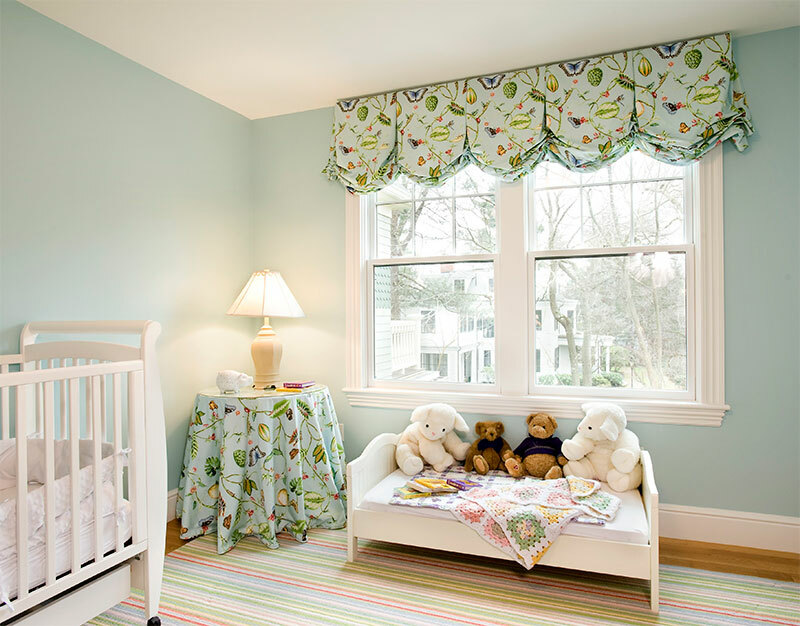
Most often made of light and translucent materials. They differ in magnificent folds that arise during the contraction. The control mechanism is similar to that used in Roman blinds. The dropped curtains are straight, only soft folds, called buffers, remain below.
Advantages:
- gives room airiness,
- combine practicality and efficiency,
- are easy to manage.
Disadvantages:
- not suitable for kitchens,
- can look slightly pompous.
French
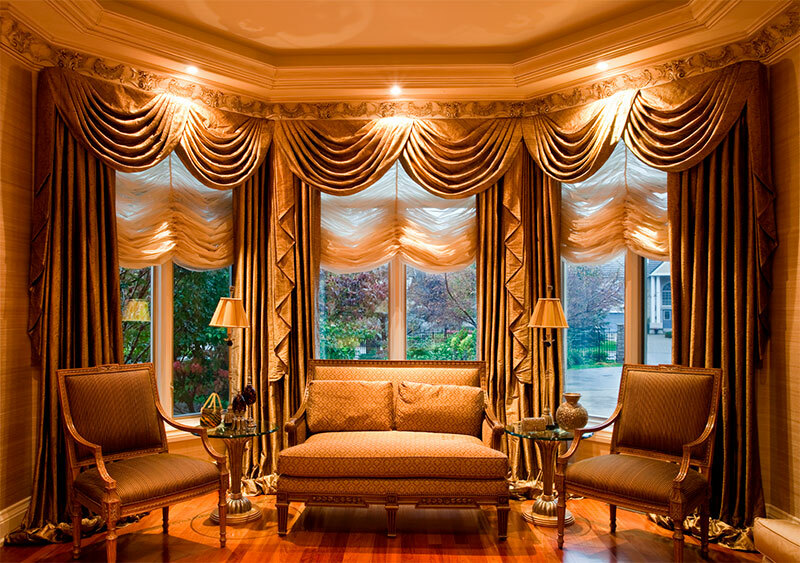
Similar to Austrian, but have more horizontal folds. Consist of several sections, where even in unassembled form there are magnificent assemblages. Lifting design leads the canvas upwards, where the festons come to each other, creating an airy and solemn effect.
Advantages:
- fit well into high windows,
- easy control mechanism,
- create a ceremonial appearance.
Disadvantages:
- is not suitable for every interior,
- looks bad in small rooms.
Japanese
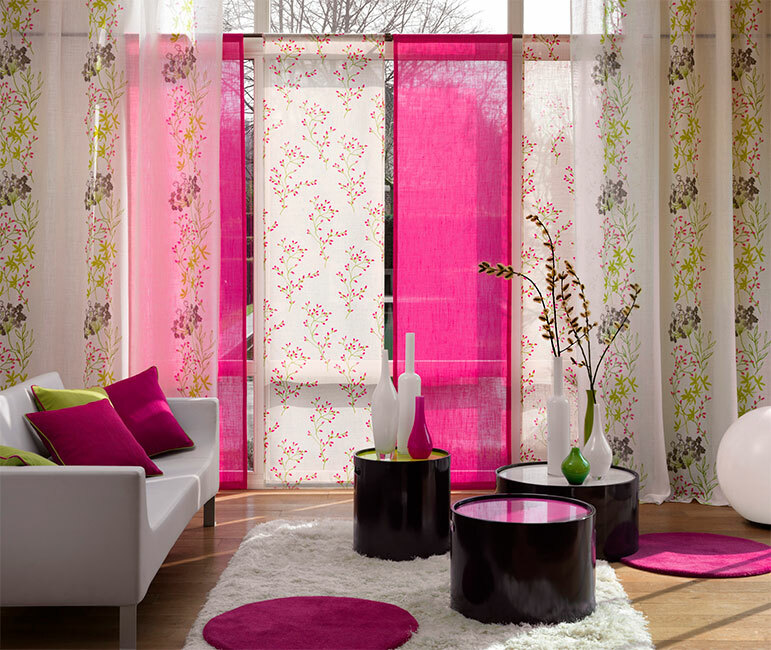
Such curtains are also called panel or screen. They are in the eastern laconic, somewhat resembling a screen. Several smooth fabric webs in the form of rectangles are hung on a multi-layer cornice. Mostly made from natural fabrics( flax, cotton, etc.).From the bottom and from above the curtains are provided with inserts for rigidity, which, when traveling, can not be folded. They spread out in one or two directions.
Advantages:
- are practical and functional,
- is easy to clean,
- can be used in doorways and for zoning.
Disadvantages:
- is suitable only for minimalistic interiors.
Curtain selection options
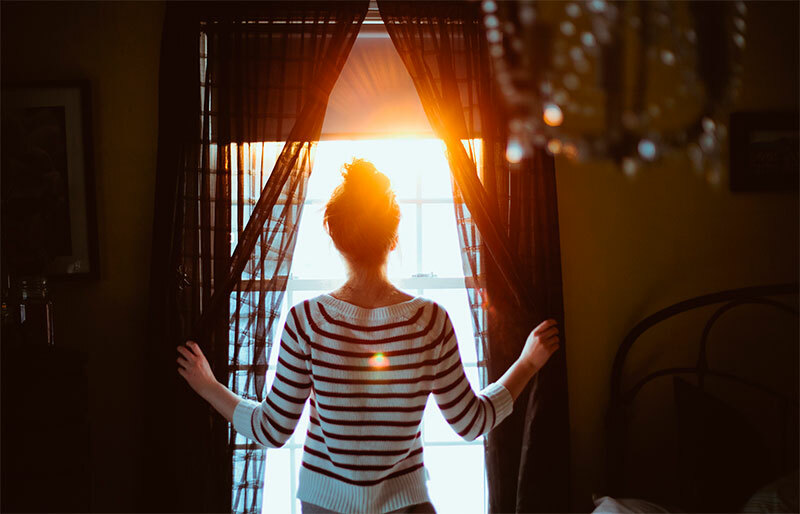
Style
First of all it is necessary to correlate the chosen curtains with the interior of the room. For rooms in Empire style, renaissance and classics, dense drapery fabrics decorated with velvety padding, drapery, ornamentation or monograms will perfectly suit. Victorian style requires luxurious heavy curtains, which literally lie on the floor. Country and Provence, on the contrary, will harmoniously be combined with natural fabrics, which are simple in both texture and print. The eastern style is distinguished by the importance of individual details. Curtains are better to choose either bright, contrasting, or calm shades. The style of the loft and high-tech will perfectly fit the curtains without unnecessary details, pretentiousness and pomposity. It should be simple, sometimes even rough materials, combined with a brick, glass, metal, wood.
Color
When defining color, remember the basic design rule: curtains should be either lighter or darker than wallpaper. In some cases, color affects the transmission of light, in some not. Dark curtains are not suitable for small rooms, but light cool colors, on the contrary, will expand the space and visually remove the window opening. Warm colors will warm and give coziness, choose this option for a room that is on the shady side. For offices, bedrooms and children's it is better to prefer quiet and neutral colors that do not irritate the eye. In the living room you can choose different options, the main thing is that there should be harmony of style.
Sunshield protection
Curtains can only slightly diffuse light or create a semi-darkness, and some are able to completely isolate the room from sunlight. When choosing, consider the location of the windows. If they go to the sunny side, it is better to choose tight curtains, capable of covering the light by fifty percent or more. If the room is most of the time in the shade, then stop focusing on translucent light models.
Attachment
1. Braid
The upper part is draped with a ribbon, resulting in frequent vertical creases. For curtains, a lot of fabric is required, one and a half or two times more than the opening itself.
2. Kulisk
On top of the curtain has a tunnel into which the curtain is passed. When moving, the canvas does not make a noise. The option is suitable only for direct curtains.
3. Eyelets
The upper part of the curtain is already equipped with plastic or metal rings fixed in the fabric into which a tube is inserted. Form a uniform fold. They move around the curtain with sound.
4.
hinges The fabric hinges are sewn onto the top. This is another option for fastening for a straight blade. They move silently.
5. Rings
Unlike eyelets, they are not mounted inside, but outside. Curtains are hung on them using hooks. Suitable fastening for straight and folded curtains.
6. Straps
Similar to hinges, but the fabric does not stitch, but tied, forming beautiful knots or bows. Suitable for light fabrics and romantic interiors.
What curtains to choose
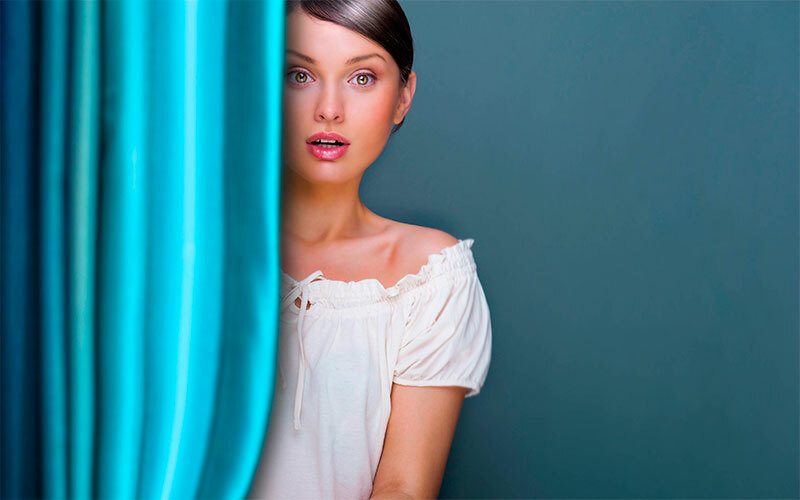
1. Most styles are suitable for classic curtains.
2. For greater solemnity, it is better to choose Austrian or French.
3. For curtains, baths, verandas and dining rooms, curtains in the style of "cafe" are good.
4. Roll-up options will perfectly fit in the rooms with loft style and high-tech.
5. In bedrooms and nurseries, especially small ones, choose Roman and curtains pleated.
6. Japanese curtains will blend in with oriental style and minimalism.
7. For dark rooms, prefer warm and warming shades of curtains, and for rooms facing the sunny side - cold.
8. Vertical stripes are able to visually lengthen the window, and diagonal - to expand. Take care also that the light passability was less where there is more sun flow and vice versa.
9. Heavy and dense fabrics need strong and reliable fastening( eyelets, rings, kuliska, braid), and the lungs and air tightly stay on the fabric loops and strings.
How much are the curtains

1. Finished curtains will cost cheaper, from about 1,500 to 5 thousand p, but they may not be suitable for your window opening. Tailoring to order will cost significantly more, depending on the type of curtains, fabric and fastening, the approximate amount of 5 to 15 thousand rubles.
2. Direct options are more budgetary, since less fabric is required. They are in the range of 5-10 thousand rubles.
3. The more folds and draperies on curtains, the significantly higher they are at cost. The classical version of curtains on the braid can reach 15-30 thousand rubles.
4. Roller blinds with maximum protection against light are sold at approximately 2,500 r per unit. Models with high throughput will be cheaper.
5. Roman blinds and plisse stand on average from 3 to 7 thousand rubles.

